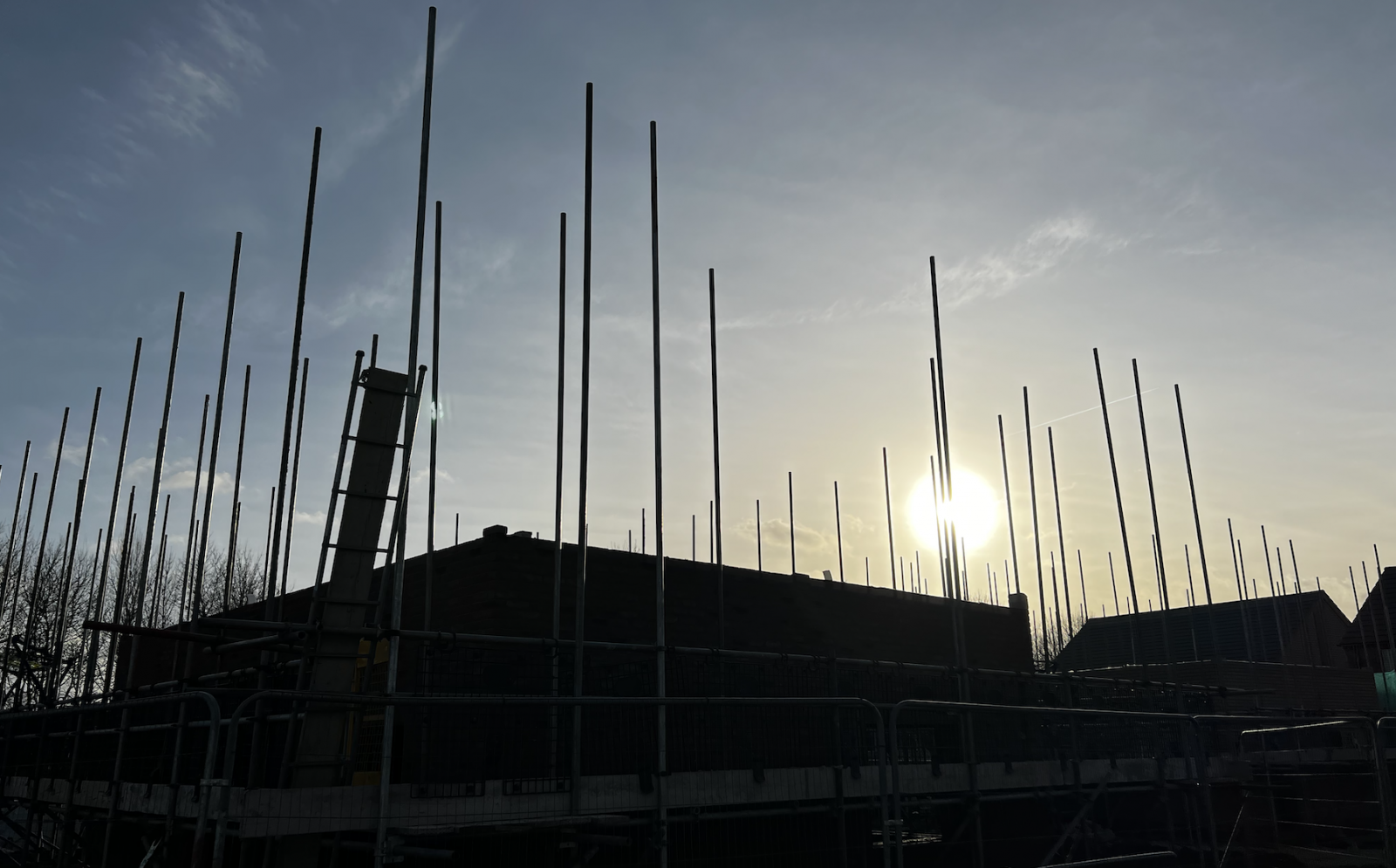The House of Lords Built Environment Committee has published Meeting Housing Demand, a new report with a set of recommendations for government to support new housing delivery to combat the “expensive, unsuitable and poor quality” homes that most people live in.
As well as calling for an increase in money spent on social housing, the report singles out the crucial role that Small- to Medium-Sized (SME) housebuilders have in building more and better homes. It also cites their vital role in diversifying the market.
“SMEs should be supported through reduced planning risk, making more small sites available, and increased access to finance,” states the report, which also puts forward recommendations to create a fast-track planning process specifically for SMEs that would help reduce delays and planning risk.
This is good news for the custom and self build sector, which is almost completely built by SME organisations.
The paper also call for the adoption of a ‘master developer model’ that involves large sites being built out by a range of different housebuilders – again, a model that would facilitate the building out of pockets of custom build on larger developments.
This could be secured by Government requiring local planning authorities and Homes England to increase the percentage of homes on large sites annually to be delivered by SME housebuilders.
The stalling effects of planning delays
In addition, the report identified that uncertainty about the future of the planning system and delays to planning reforms have had a ‘chilling effect’ on housing output, that has created uncertainty for housebuilders and planners. Crucial to this is the need to adequately fund planning and local authorities, with the current local plan system in complete disarray.
“It is impossible to have a ‘plan-led’ system of development in the absence of local plans and without sufficient planners. Currently, more than half of local planning authorities do not have an up-to-date local plan.”
The report references the fact that spending on planning has fallen by 14.6% since 2010, which has had adverse effects resulting in delays and lack of staff due to poor recruitment and retention.
None of these issues are new, but despite repeated ambitions for government to deliver 300,000 homes a year, and one million new homes by 2024, output continues to fall short, with planning repeatedly cited as one of the main barriers to output, along with land – especially small sites for SMEs.
Meeting Housing Demand sets out recommendations to improve the situation by focusing on local plans, infrastructure funding and land availability, with a call for planning authorities to be able to charge more for planning, and retain more of the fees to relieve the crisis.
A downsizing crisis
Another important factor in the market that the report refers to is the ageing population, with the knowledge that a quarter of the UK population will be over 65 by 2050, up from 19 per cent in 2019.
However, many of these older people remain in unsuitable, under-occupied homes, effectively family-sized homes that fail to come on to the market. This creates a bottle-neck at the top of the market due to a lack of suitable downsizing properties.
Again, custom and self building is well poised to provide homes that reflect the needs of this equity-secure market, but is dependent on sufficient small sites being available to supply it.



